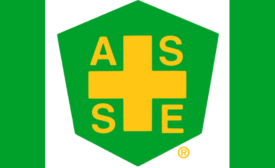Environmental Health and Safety
Best practices for workplace wellness programs
Culture of health and strategic communications
February 11, 2016
MSHA implements 2nd phase of respirable coal dust rule
Main says rule is achieving goal
February 8, 2016
Are safety cultures “programs”?
Don’t give in to ‘flavor of the month’ thinking
February 3, 2016
Never miss the latest news and trends driving the safety industry
eNewsletter | Website | eMagazine
JOIN TODAYCopyright ©2024. All Rights Reserved BNP Media.
Design, CMS, Hosting & Web Development :: ePublishing









